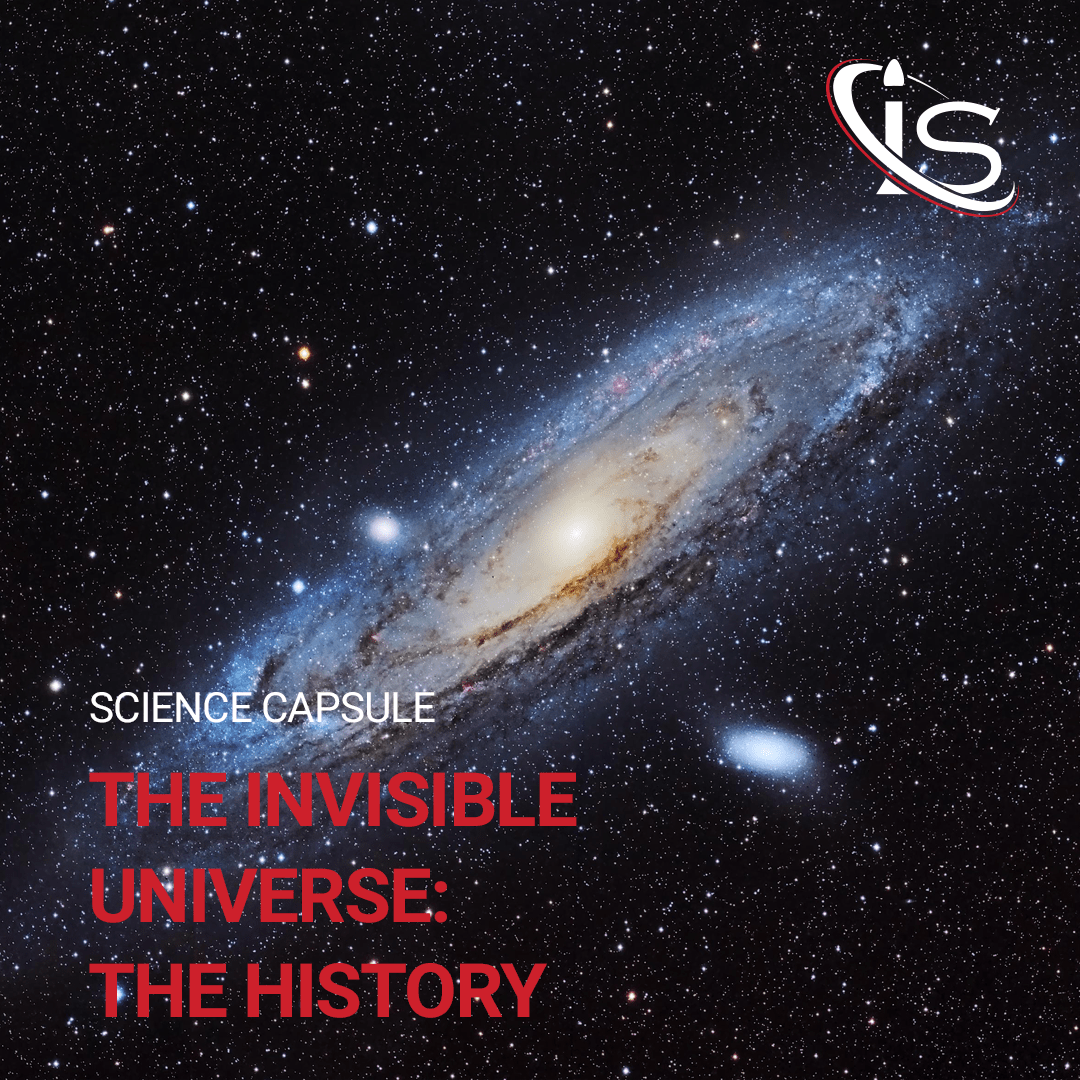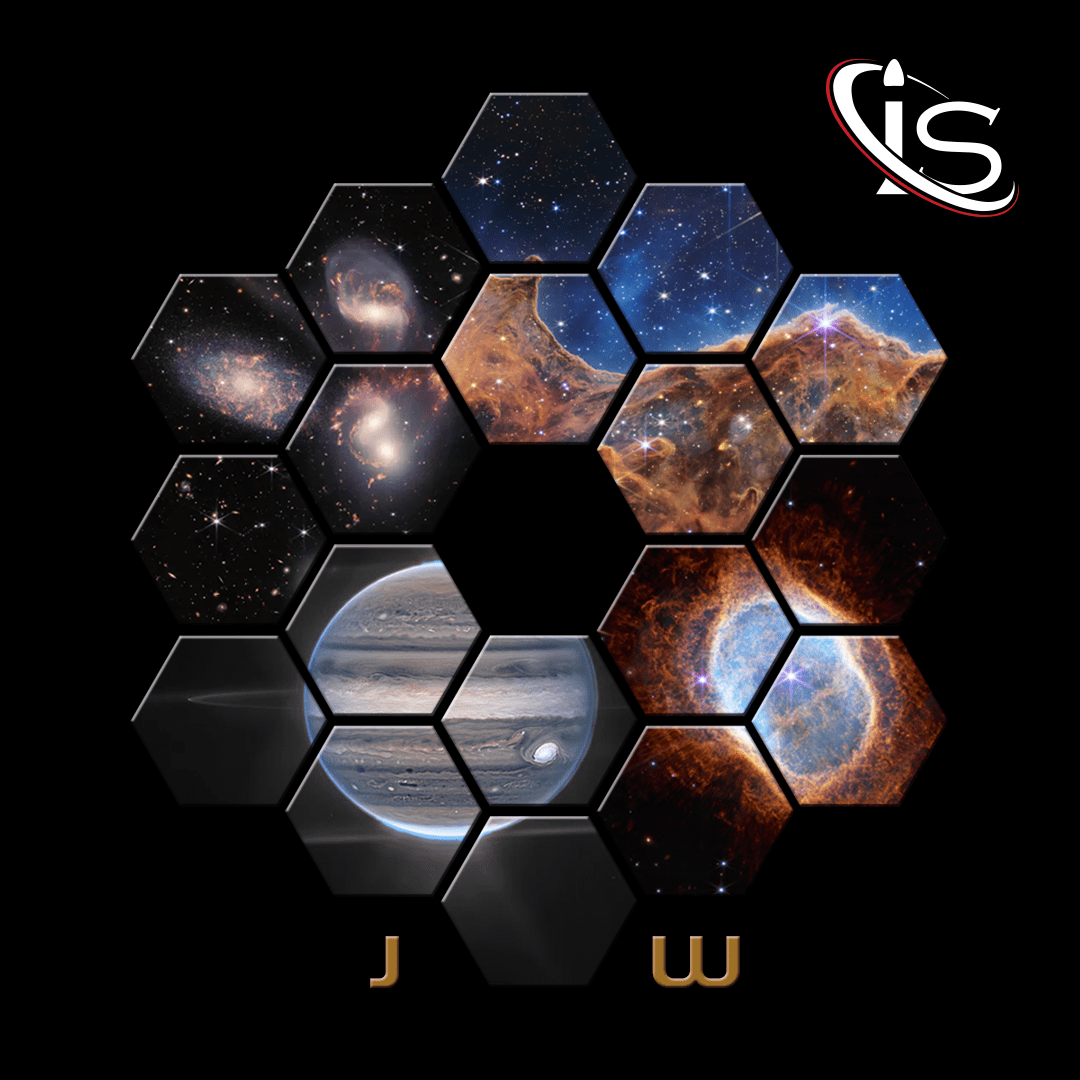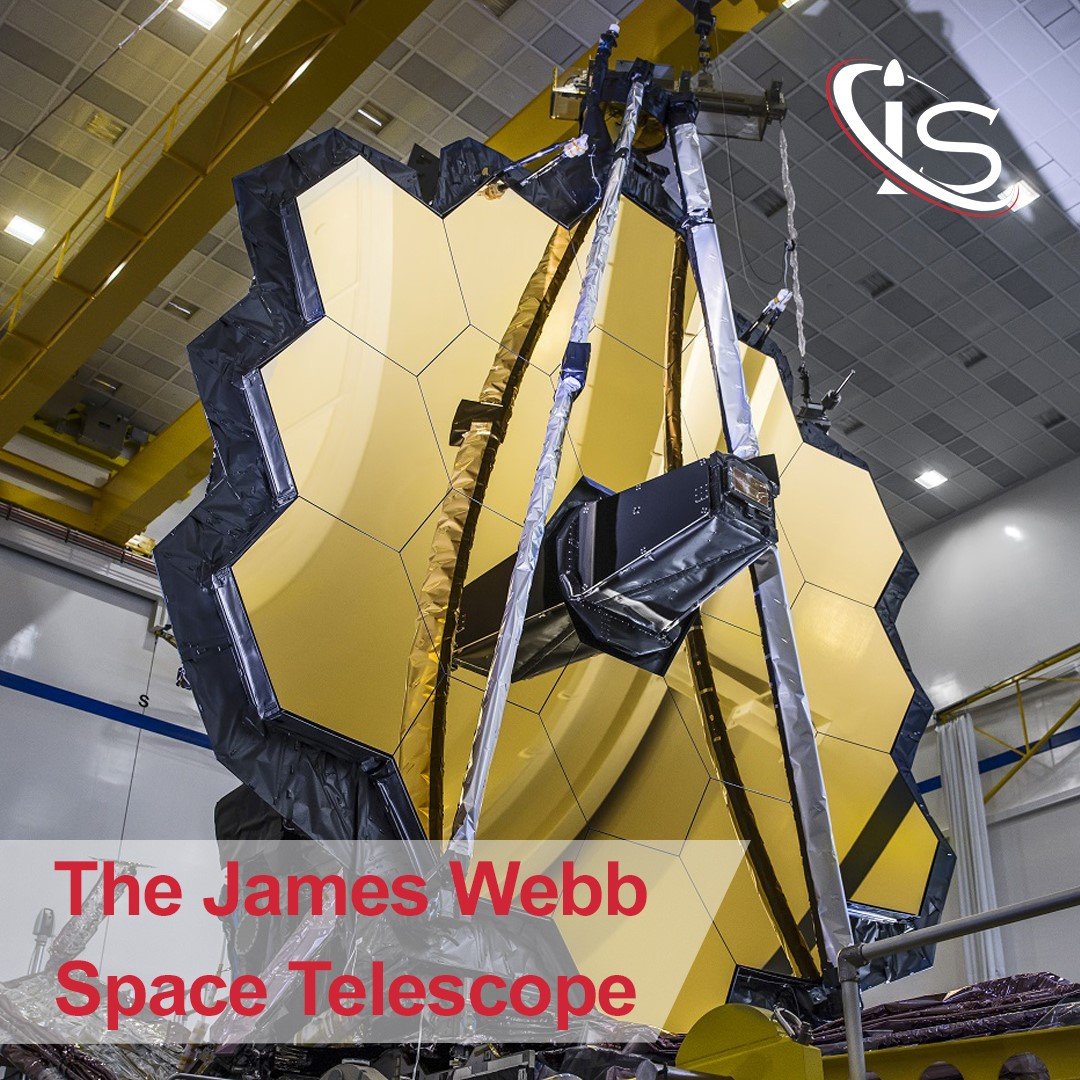Welcome, everyone, to a new science capsule exploring a space telescope. Much like with our previous ones on James Webb and Hubble, respectively, this will cover everything from mission objectives to the telescope’s launch to anything this machine has already discovered. Given the very recent launch date, the latter category might not be as rich for the moment. But even then, there is still interesting points to discuss related to it. And with that out of the way, let’s delve into everything there is to know about the Euclid Telescope.
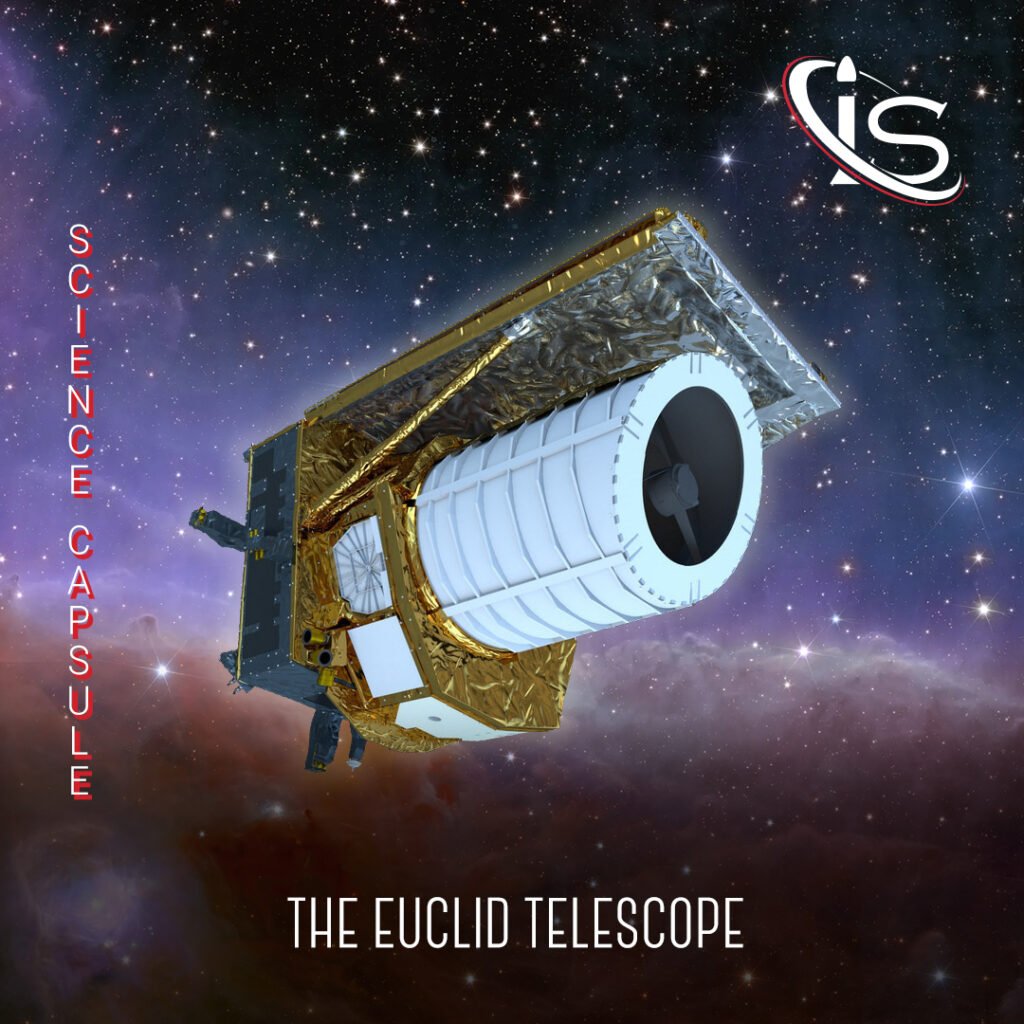
The Euclid Telescope’s Origins and Mission
Starting things off from the very beginning, we have the name of the telescope, Euclid. This is probably a familiar name to most people — at least in terms of having heard it before — as Euclid was one of the most prominent mathematicians from ancient Greece. Credited with discovering a lot of fundamental geometric concepts, naming this telescope after him seems particularly appropriate. Why, you may ask? Well, to answer that, let’s take a look at the Euclid Telescope’s mission.
As for how the idea for the Euclid Telescope came about, it derived from two mission concepts. They came as a response to ESA Cosmic Vision 2015-2025 Call for Proposals. Since both proposed complimentary ways to probe for dark, they were eventually combined into a single mission. This came to be known as Euclid and was selected by the ESA’s Science Programme Committee for implementation in October 2011. It was, then, officially adopted in June 2012. But what exactly is Euclid’s mission?
This spacecraft has one main objective: furthering our understanding of dark matter and dark energy. More specifically, learning more about them through their role in the expansion of the Universe. And this is why the name choice is so appropriate. After all, anything related to any type of volume expanding is also related to geometry. Although, ironically enough, the expansion of the Universe follows non-Euclidean geometry. But that is a topic best saved for a future capsule. For now, let’s focus in on how Euclid will try to uncover the mysteries that lie behind dark matter and dark energy.
How the Euclid Telescope Will Conduct Its Research
The main thing to point out with Euclid’s mission is the general idea behind it. That is, how exactly will it study these two mysterious physical phenomena and their effect on the expansion of the Universe? And the general answer to this question is: Euclid will observe how the Universe has evolved over the past 10 billion years.
The process for this is similar in concept to how the James Webb Space Telescope gathers data for its mission. By observing faraway celestial objects — such as galaxies and stars — Euclid will effectively be gathering data from the Universe’s past. That is because an object that is 10 billion light years away implies that the light emanating from it will take 10 billion years to reach us. Therefore, by studying these faraway places, Euclid will be able to get a grasp of how the Universe evolved and expanded from the Big Bang. And any change that is not in line with what we can detect via the telescope’s instruments must come from the “hidden” dark matter and energy.
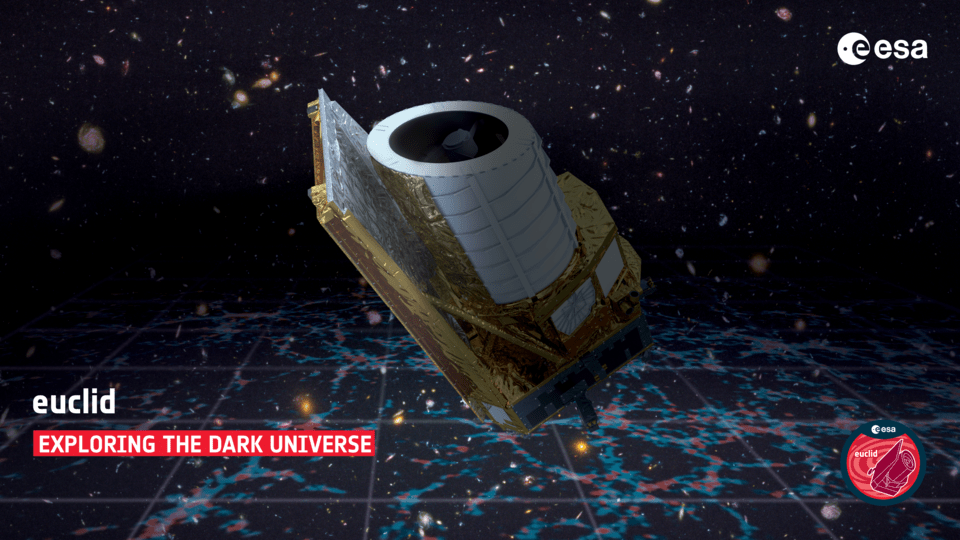
Euclid’s Instruments and Data Collection
The Euclid Telescope’s orbit location and instruments were, of course, chosen very meticulously. Starting with its orbit, Euclid is positioned around the L2 — second Lagrange Point. This is a very strategic position, as the combination of the Earth and Sun’s gravitational pulls will allow it to keep pace with Earth’s orbit — even though it is located 1.5 million km (940 million mi) beyond it. Furthermore, this is still a close enough distance to Earth to allow for rapid data exchanges between the two. As to how it got there, Euclid launched aboard one of SpaceX’s Falcon 9 rockets, from the one and only Cape Canaveral.
Moving on to its instruments, each one plays a crucial role in aiding Euclid’s research. But first, let’s talk about the Euclid Telescope’s general dimensions. This machine comes in at a diameter of 3.7 m and a height of 4.7 m, with a weight of 2,000 kg, and consists of two main modules: the service and payload ones. Starting with the service module, it contains all the satellite systems. Those include power generation and distribution, data processing tools, attitude control, thermal control and more. As for the payload module, this is where the date detection instruments are located. These are the VISible instrument or VIS — a visible wavelength camera — and the the Near-Infrared Spectrometer and Photometer or NISP — a near infrared camera spectrometer.
The goal is for Euclid to use its equipment to continue gathering data for 6 years. However, as is often the case, the mission can be extended, with the only hard limit being the amount of cold gas Euclid uses for propulsion.
How Did the Euclid Idea Become Reality?
Euclid is a European mission, meaning it is built and operated by the ESA — although NASA has contributed to it, as well. Furthermore, it has a scientific body dedicated solely to it, the Euclid Consortium. This is comprised of more than 2000 scientists, from 13 different European countries, as well as the US, Canada, and Japan. The Euclid Consortium is what provided the scientific instruments and data analysis.
As for the rest of the telescope, three separate agencies provided the remaining equipment. Thales Alenia Space was chosen as the prime contractor of the service module, while Airbus Defence and Space took care of the payload one. Finally, NASA was the one providing the detectors for the near-infrared camera NISP.
What Has the Euclid Telescope Uncovered Thus Far?
And now for the section on everything discovered by Euclid. Like I said at the beginning, due to the short nature of its mission (for the moment), this telescope does not have as many images under its belt as its colleagues James Webb or, much less Hubble. However, while the number may not, yet, be comparable to those two behemoths of space exploration, the quality and importance of the images most certainly is. Let’s take a look at two of the most groundbreaking images captured by Euclid, so far.
Spiral Galaxy IC 342
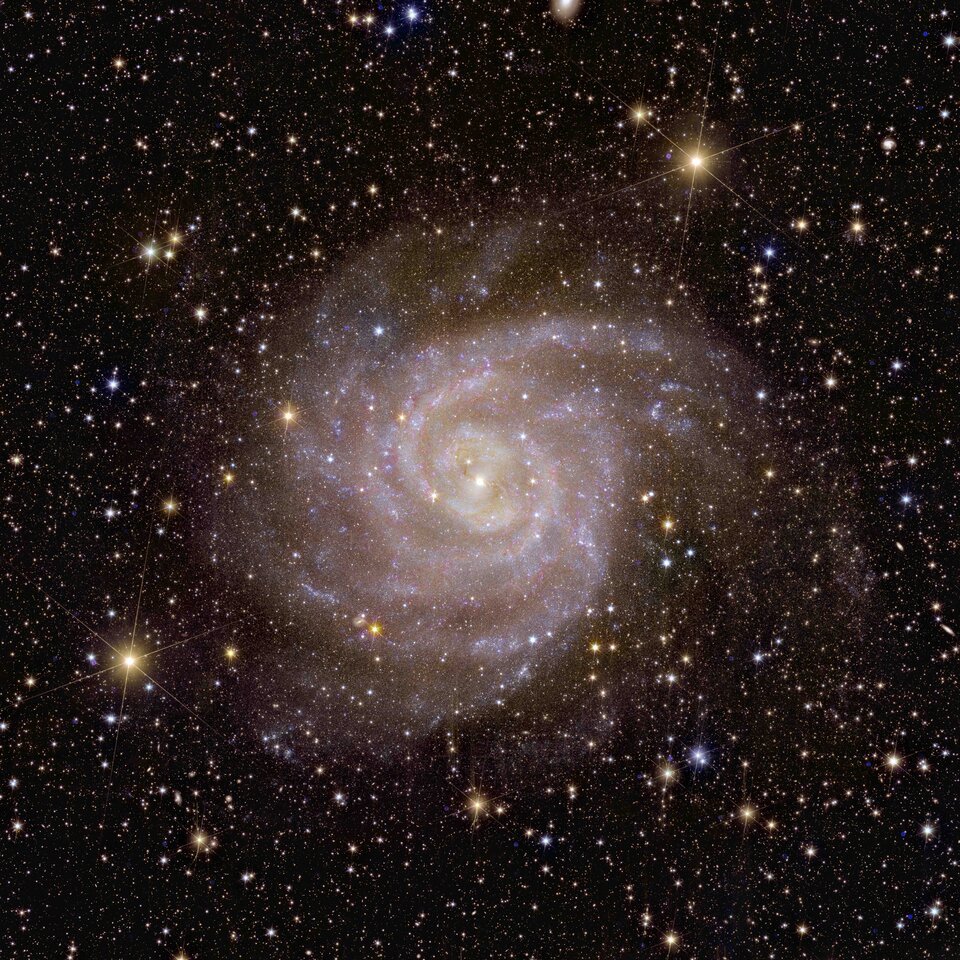
Nicknamed the “Hidden Galaxy” this is one of the first galaxies observed by the Euclid Telescope. This galaxy has been notoriously difficult to capture (hence the nickname) as it lies behind the busy disc of our own Milky Way. In other words, dust, gas, and stars all get in the way of observing IC 342 from Earth. So, Euclid’s ability to clearly observe it thanks to its infrared technology is quite impressive. And while Hubble has been able to go as far as imaging this galaxy’s core, Euclid will enable, for the first time, the study of this entire galaxy’s star-formation history.
The Perseus Cluster
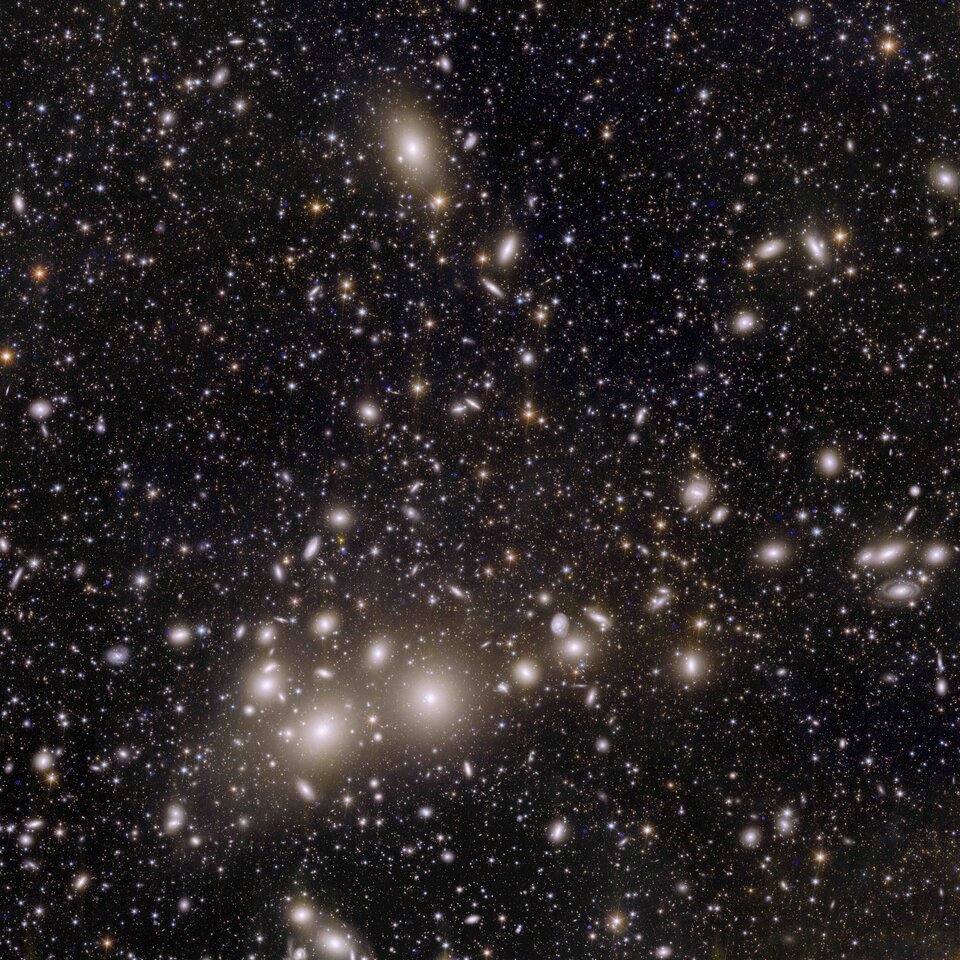
I chose this as the last section to talk about for a very personal reason. As a kid I read all the Percy Jackson books. And with a new live action series about to release later this month, anything that could include a reference to this wonderful franchise had to get some special spotlight on my end. The fact that the image of the galaxy cluster sharing its name with the main character is also one of the coolest pictures of space I have ever seen … now that is what I call a perfect coincidence.
What you see in the image above is the Perseus Cluster, which, as the name suggests, is a cluster of galaxies. However, the sheer size of it is astounding! Just in the photo below, there are 1,000 galaxies belonging to Perseus, with an additional 100,000 farther away in the background. Located at 240 million light years from Earth, this cluster is one the largest structures in the known Universe. Furthermore, some of the galaxies that we can see even further in the distance are 10 billion light years away. And as that is encroaching on the age of the Universe, being able to observe light from 10 billion years in the past is quite incredible. Especially when trying to learn about something like dark matter or dark energy.
But, maybe even more than those remote galaxies, the Perseus Cluster may hold the key to unlocking the secrets of the “dark” Universe. That is because the only way a structure this large could have formed is with the influence of something we cannot yet see. Because what we do see is simply lacking in the necessary characteristics to make something of this size.
‘Tis the Season
That will do it for us here, today. Hopefully, learning about another one of the incredible tools we are using to uncover the Universe’s secret is not something that only I find interesting. Next week will still be along the European side of things, as we discuss the first Italian spacecraft. But before I leave you, I would like to wish everyone a very happy holiday season. While I am aware not everyone celebrates Christmas — and almost no one does as much as I — I hope you all have as serene and joyful of a holiday season as you can. Whether you have a specific holiday you celebrate or not. After all, you can always celebrate the end of another year, or anything your heart desires. But for now, “see you” all next week, right here, at impulso.space.


